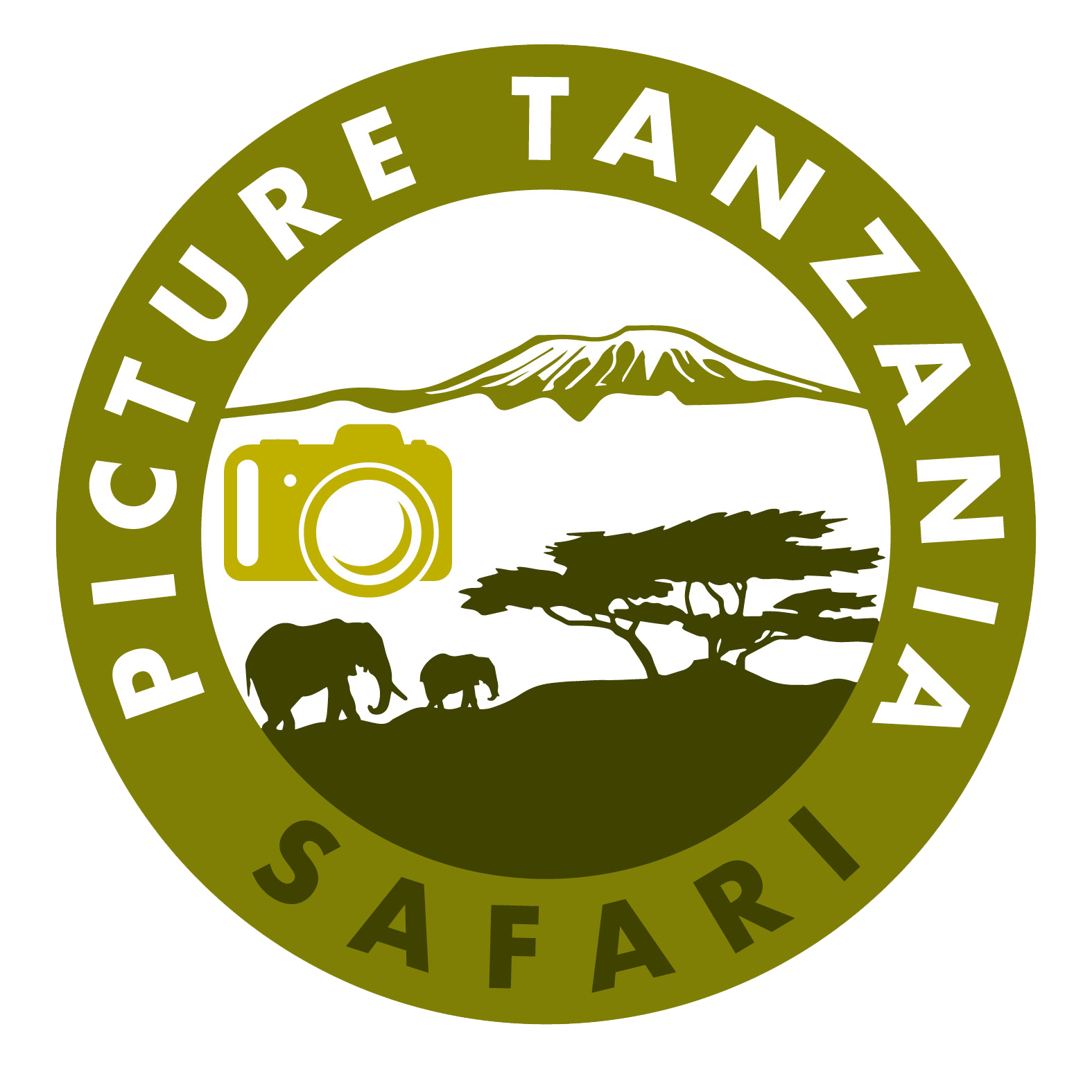MOUNTAIN TREKKING

Mount Kilimanjaro
The name Kilimanjaro itself is a mystery wreathed in cloud which has multiple meanings like “Mountain of Light”, “Mountain of Greatness”, or “Mountain of Caravans.” Or it might not. Wachagga who are the local tribal people don’t even have a name for the entire massif except Kipoo (now known as Kibo). This is a familiar snowy peak which oversees the territory and is the summit of Africa, and the summit of Africa.
There are three main peaks that make up Mount Kilimanjaro, Shira, Kibo and Mawenzi. Both Shira and Mawenzi have suffered erosion in considerable amount and only the jagged peaks remain. But Kibo on the other hand which is the central and highest peak has survived and remains in a perfect conical shape.
They say a Kilimanjaro climb is like traveling from the equator to the North Pole. That’s because Kilimanjaro is so massive it contains five distinct climate zones. Cultivated, Rainforest (Montane Forest), Heath and Mooreland, Alpine desert and Arctic Summit. You’ll pass through each of them on your way to the summit.
Mount Meru
Mount Meru is a massive volcano with a height of 4,565 meters located in the heart of Arusha National Park. On any given day, Mount Kilimanjaro can be seen from Meru which is 50 miles apart. Meru serves as a perfect place for warm-up hiking before attempting Mt. Kilimanjaro because of altitude acclimatization and short and relatively easy hiking distance. The trek is also ideal for those who prefer to hike amongst fewer crowds.
It is located in northern Tanzania, northeast of town of Arusha. The size is roughly 552 sq km or 212 sq miles. From Arusha, it is approximately 40 minutes drive time, and 60 km from Kilimanjaro International Airport. You can tour the forests, lakes, and the famous Ngurdoto Crater which can be visited on the course of a half-day excursion or part of your extended northern safari tour.


Mount Ol Doinyo Lengai
South of Lake Natron in the eastern rift valley of North Tanzania, lies Mount Ol Doinyo Lengai (locally regarded as the sacred Mountain of God in the Maasai Language), an active volcano. At 2878meters, Mt. Ol Doinyo Lengai is the only known volcano in the world that sometimes erupts this highly fluid lava contains almost zero silicon and is also much cooler than other form of lavas. During the day time, the lava which flows looks like black oil. Some tourists report that it resembles a mud-like flow. But when it comes in contact with the atmospheric moisture, it turns white over a period of time. During dry period, it takes time for the whitening process, but during the rainy periods, it turns white immediately after being ejected.
Mount Oldoinyo Lengai also experiences phase of explosive activity and the lava that flows out is concentrated in silicate materials. During the initial phases of eruption, strong lava fountains are seen, but no fluid lava and ash eruption. It is also accompanied by rock eruption and explosions.
